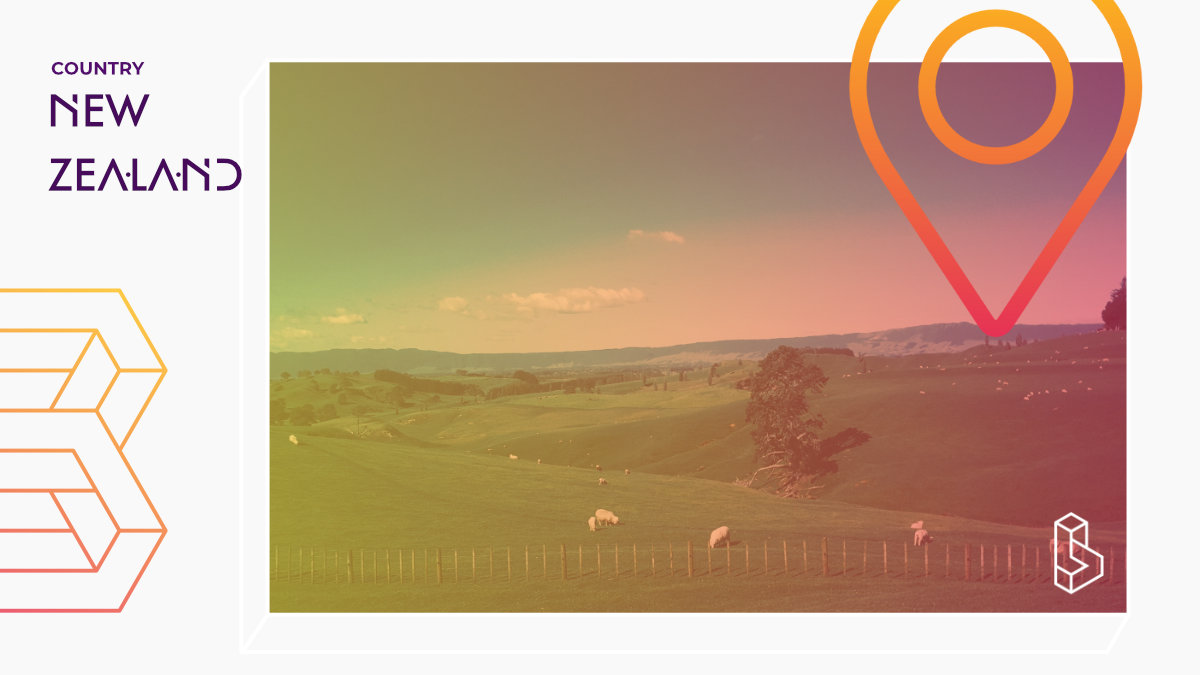LSD
KEY TAKEAWAYS
- LSD was widely studied in the 1960s and generated over 1000 scientific papers. These studies showed positive developments in reducing anxiety during ‘end-of-life’ care, depression and alcoholism.
- Modern-day studies using fMRI are enlightening researchers about the way everyday consciousness functions and how the hierarchy of the brain is ‘flattened’ or ‘segregated’ under the influence of LSD.
- The duration of an LSD trip makes it a less likely candidate to be developed as a medicine. Its microscopic effective dose and widespread use in recreational microdosing do still show opportunities for the further study of this psychedelic.
Lysergic acid diethylamide (LSD, LSD-25, acid) is a serotonergic psychedelic. LSD binds to serotonin receptors, specifically the 5-HT2a receptor, as well as dopamine receptors (which psilocybin doesn’t bind to). The effects of LSD are noticeable at dosages measured in the millionths of a gram. Research studies use between 50 and 200 micrograms, which can produce effects for upwards of 12 hours. The study of LSD played a pivotal role in the discovery of the function of serotonin in the brain. Although widely studied in the 1960s, LSD is trailing behind psilocybin in terms of scientific interest.
LSD and New Zealand
In January 2020, the Ministry of Health approved the first LSD microdosing study in New Zealand. Researchers at the Centre for Brain Research at the University of Auckland had previously engaged in other multidisciplinary research projects using LSD, including the same brain imaging study conducted by researchers from ICL.
Ibogaine
KEY TAKEAWAYS
- Ibogaine is not listed as a scheduled substance by the United Nations but is a controlled or illegal compound in many Western countries, with the notable exception of New Zealand.
- Ibogaine has the potential to decrease a patient’s misuse of opioids, cocaine and alcohol, and reduces symptoms of withdrawal after the administration of a single dose.
- Ibogaine treatment is being offered in several countries around the world with costs ranging from US$5,000 to US$8,000 per treatment.
Ibogaine is a naturally occurring psychoactive compound that is found in several plants such as the roots of the iboga tree (Tabernanthe iboga); it can also be chemically synthesised. The traditional use of ibogaine stems from the Bwititribe of Gabon where it has been used for over 100 years. It has particular spiritual significance for practitioners of the Bwiti religion in West Africa and has an established history as a treatment for substance use disorders, particularly in South American countries such as Mexico and Guatemala, where ibogaine operates in a grey area, not illegal, but unregulated. The relatively unsafe profile, leading to at least 20 deaths in the past 30 years, has prompted researchers to research alternatives that offer the benefits without the cardiac dangers of ibogaine.
Ibogaine and New Zealand
Given the legal status of ibogaine in New Zealand, a number of clinical trials exploring the effects of the drug in humans have taken place. MAPS have previously sponsored an observational study investigating the effects of ibogaine on addiction severity. Similar to other ibogaine studies, the researchers found that a single ibogaine treatment reduced opioid withdrawal symptoms and achieved opioid cessation or sustained reduced use in dependent individuals over 12 months. A number of ibogaine clinics exist in the country.
Explore more info with a membership (any level)
🧑 Which companies & people work with psychedelics in New Zealand
🔬 Trails & conferences taking place in New Zealand
📈 In-depth psychedelic reports (Sprout & Tree)

